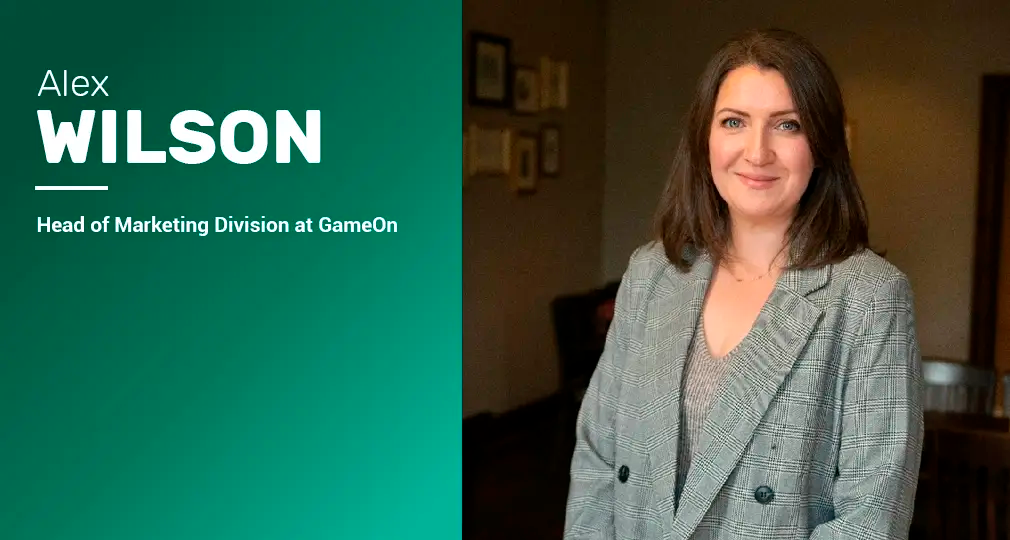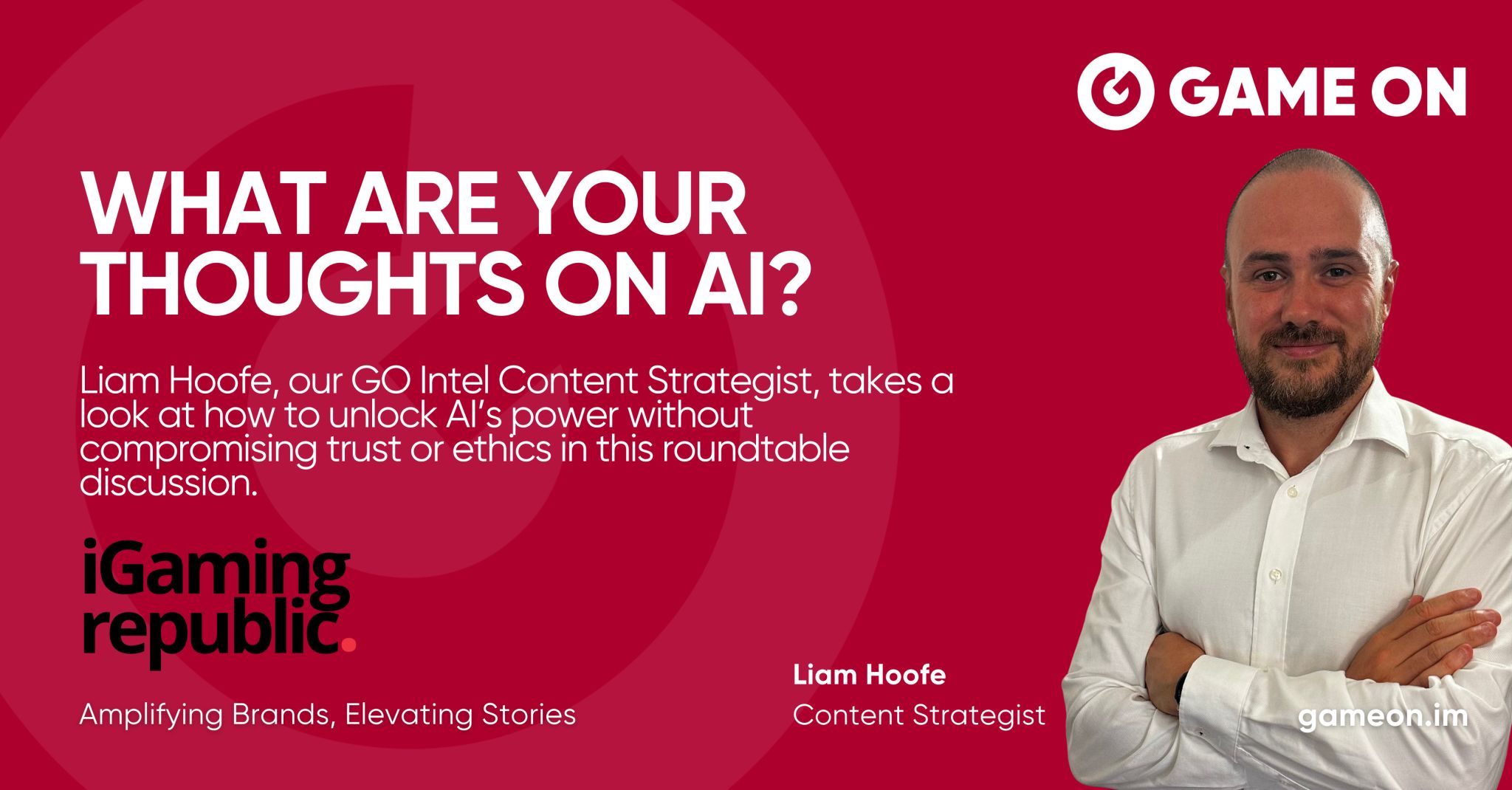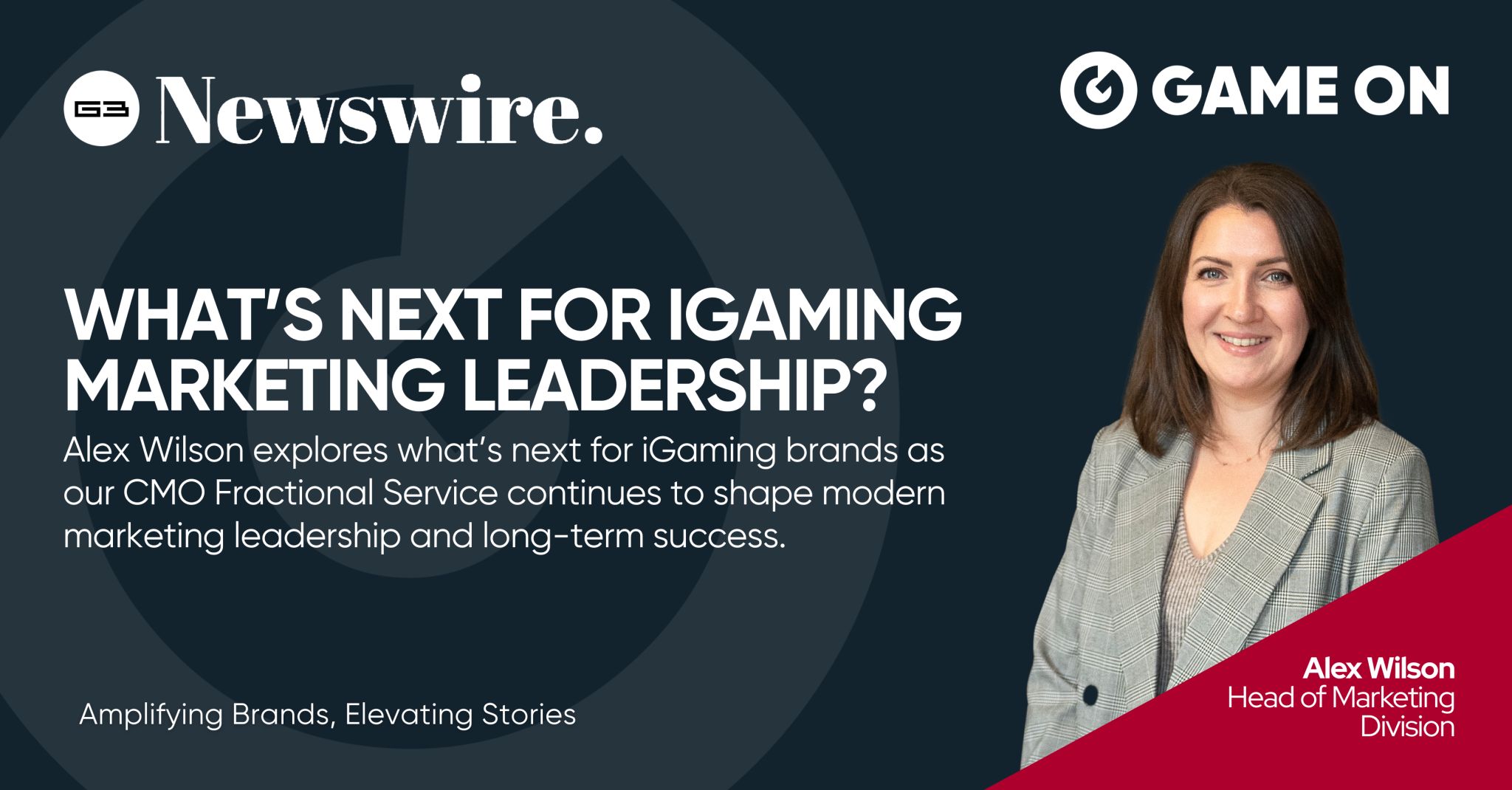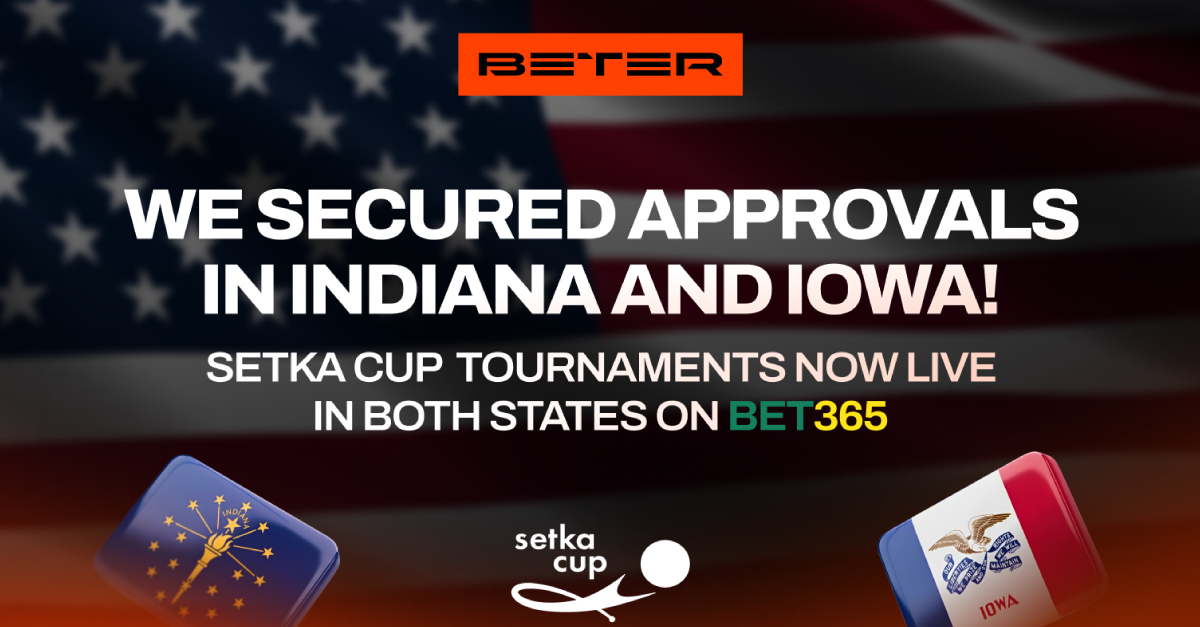Marketing is often criticised for its ineffective measurement. More often than not, these criticisms are external, and marketers, like myself, view them as a chance to educate. It’s true that many marketeers are under pressure to deliver tangible ROI on behalf of companies that result in “X” amounts of lead generation, and yes, this can be a priority for many, but this is far from the case for others.
Rewind 10 years, and effectiveness experts Les Binet and Peter Field broke ground with their theory, “The Long and the Short of It.” The book was published at a time when many were told brand building was an old-fashioned and ineffective way of thinking – that it was best to use big data to serve activation messages at the last moment. It felt, at the time, like a direct response to this, a reminder that most mainstay brands had achieved their success not through short-term thinking, but through carefully curated, long-term brand building.
So, what is the long and the short of it? It is the idea that marketers must strike a balance between long-term brand growth and driving immediate sales. Binet and Field quantify the weighting on each with their 60/40 rule: 60% brand and 40% activation, with the flexibility to adjust the ratio based on the brand, category, situation, and other contextual factors.
Long Term vs Short Term
Long-term brand building is about creating a durable, respected brand that not only stands out in a crowded market but that also can withstand market volatility and the test of time. For the most part, this is harder to quantify than shorter-term goals.
Of course, this is not called ‘the long’ for no reason. It requires a considered, long-term marketing strategy. Strategic PR, editorials and insightful content, event sponsorships, long-term relationships, and a strong sense of brand advertising are all keys to success, as well as offering a top-quality product.
In contrast, short-term sales activation is more focused on immediate returns. It strives to deliver sales spikes and react quickly to market opportunities. This is often achieved through more aggressive affiliate strategies, paid-search campaigns, direct response emails, and limited-time promotions that tie in with games or events. It is also much easier to analyse its effectiveness, with monthly and quarterly reports painting an accurate picture.
Relevance to iGaming
Binet and Field’s theory is particularly relevant to iGaming for many reasons. The industry moves at a rapid pace, and sales cycles can be incredibly complex. This requires companies to think on their feet and to be able to react to opportunities that present themselves.
However, it is also an industry built on trust. For platform providers, games studios, operators, and payment providers, partnerships and decisions are based on stability, reputation, and credibility, all of which take time to build. Established brands are in a much better position in an industry that moves so fast, and that has a lot of grey area.
As such, this balance of long and short can provide companies with a framework that allows them to capitalise on short-term opportunities, while also building a brand that can last in an increasingly competitive and evolving landscape.
You can find plenty of examples of the long and short working in tandem throughout iGaming. Take Entain, as an example. Ladbrokes, one of its leading brands, has done an incredible job with its long-term brand building, with its ‘Where the Nation Plays’ campaign helping it to build a strong brand across multiple platforms and making it one of the most recognisable sports betting brands in the UK.
This creates a brand asset that short-term promos and sales strategies can then plug into. It allows the company to react to market opportunities while also maintaining an approach that is distinctly “Ladbrokes”.
Other examples of long-term brand-building paying dividends across the industry include companies like EveryMatrix, which have been able to build a reputation as a flexible, forward-thinking provider through sustained PR and storytelling. Gaming providers like BGaming have built a brand around their consistently innovative gaming products, sticking with a strong, visual style that resonates while also being able to react to opportunities for seasonal titles and events-focused games.
Finding Success
If you are only focused on performance marketing and ignoring the long-term work of brand building, you’re missing out on 60% of your potential market. An over-reliance on direct response and fast-acting channels can leave you in trouble if they do not deliver. Building a brand provides long-term stability, and it is something we are proud to help our partners achieve at GameOn. We take a considered, strategic and multi-channel approach that allows our partners to create brands that are built to last.




